 |
 |
 |
|---|
|
|
|---|
 |
 |
 |
 |
|---|---|---|---|
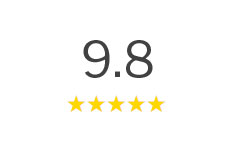 |
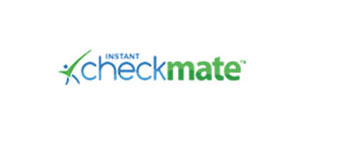 |
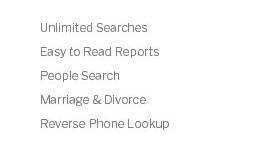 |
 |
 |
|||
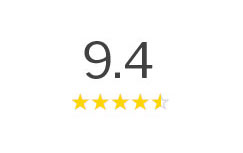 |
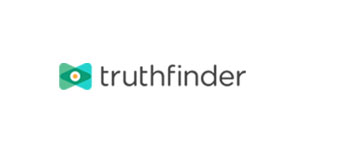 |
 |
 |
 |
|||
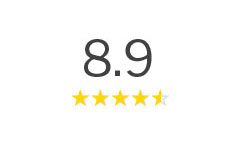 |
 |
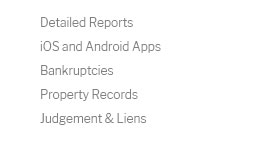 |
 |
 |
|||

background check on myself: practical steps and expert tipsWhy reviewing your own record mattersRunning a background check on yourself shows what employers, landlords, or boards will actually see. It helps you catch misspellings, outdated addresses, or mistaken matches tied to similar names before they cost you opportunities. It also reveals patterns-credit usage, licensing flags, or court entries-that you can explain up front. How to do it thoroughlyStart with consumer disclosure reports from major screening firms, then pull your free annual credit file. Check your state criminal repository and county court portals, request a driving record, and review your public profiles. Verify every identifier-names, DOB, addresses-so results tie to the right person. Keep a clear paper trail for any corrections.
Avoid vague paywall sites; prefer official portals and recognized consumer reporting agencies. Be candid about any accurate records, and prepare a short, factual summary you can share on request.
|
|---|